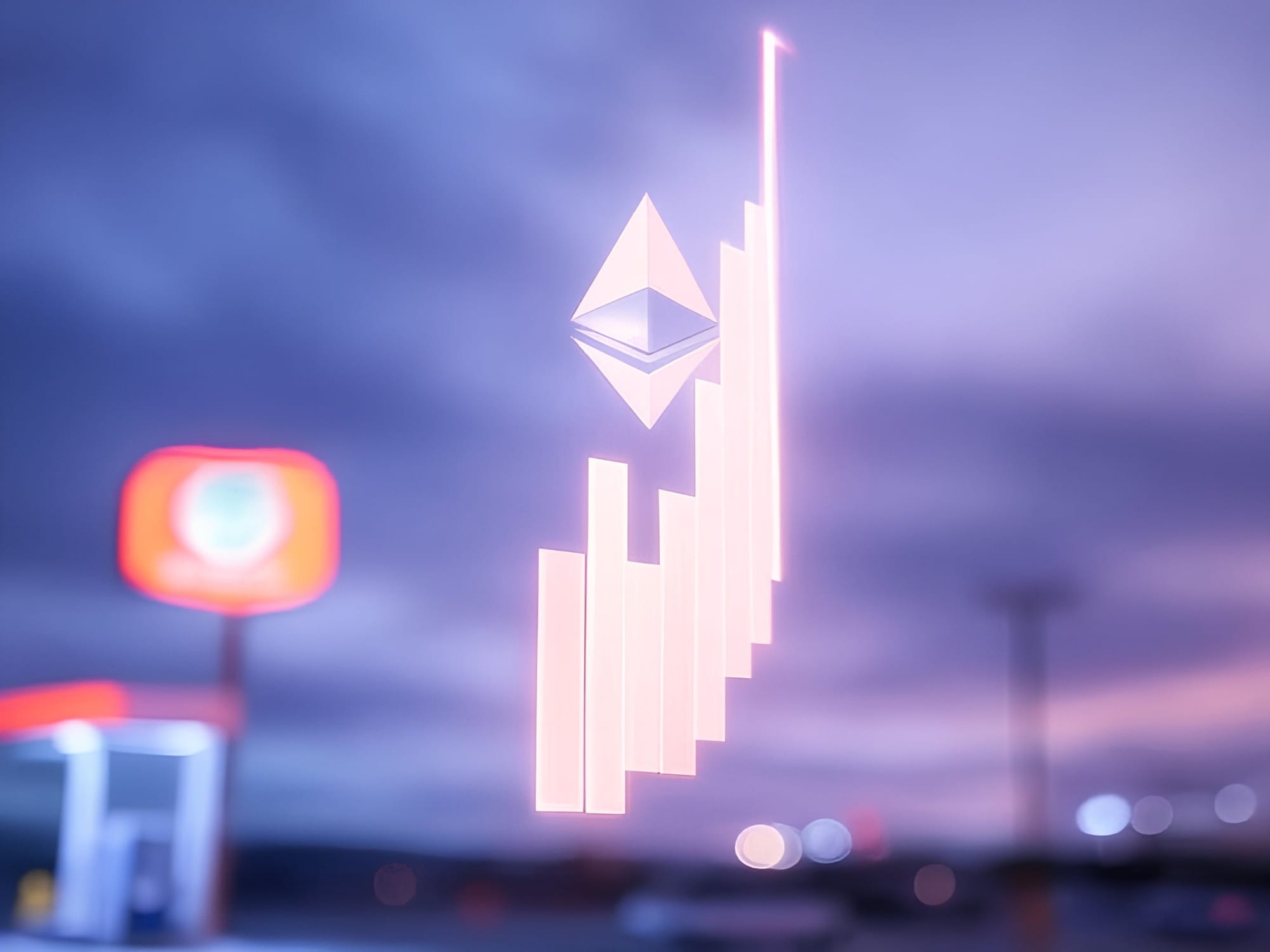Ethereum Raises Gas Limit for First Time Since Proof-of-Stake to Scale Transaction Capacity

Ethereum has just made a strategic move in its ongoing quest for scalability, increasing its gas limit beyond the long-standing cap of 30 million for the first time since transitioning to its proof-of-stake consensus mechanism. This adjustment, driven by a consensus of over 50% of validators, signals a significant step forward for the world’s second-largest blockchain, promising enhanced transaction capacity and a smoother experience for its ever-growing user base. What makes this development even more interesting is its seamless implementation—achieved without the need for a hard fork, showcasing the adaptability of Ethereum’s governance model under proof-of-stake.
The gas limit, a critical parameter in Ethereum’s ecosystem, determines the maximum computational effort, or “gas,” that can be consumed within a single block. Previously capped at 30 million, the limit has now been pushed above 31 million, with projections suggesting it could reach as high as 36 million gas units. This increase is not just a technical tweak but a necessary evolution to meet the demands of a rapidly expanding network. Ethereum’s validators, the backbone of its decentralized consensus, played a crucial role in this shift. Once the majority signaled their support, the network automatically adjusted, reflecting a level of efficiency and coordination that underscores Ethereum’s maturity as a proof-of-stake blockchain. This marks the first gas limit adjustment since 2021, when the cap was doubled from 15 million to 30 million, highlighting the network’s ongoing commitment to scalability.
Why This Matters for Ethereum’s Future
Gas, in Ethereum’s context, is the lifeblood of its operations, measuring the computational effort required to execute transactions and smart contracts. By raising the gas limit, Ethereum can now process more transactions per block, reducing congestion and potentially lowering fees—a critical factor for users navigating decentralized finance protocols, NFT marketplaces, and other dApps. Recent data indicates the average gas limit has already climbed to 31.5 million units, a promising sign of the network’s ability to adapt dynamically. While upgrades like Dencun and proto-dank sharding have laid the groundwork for improved throughput, this gas limit increase addresses the immediate need for greater capacity as Ethereum continues to scale.

